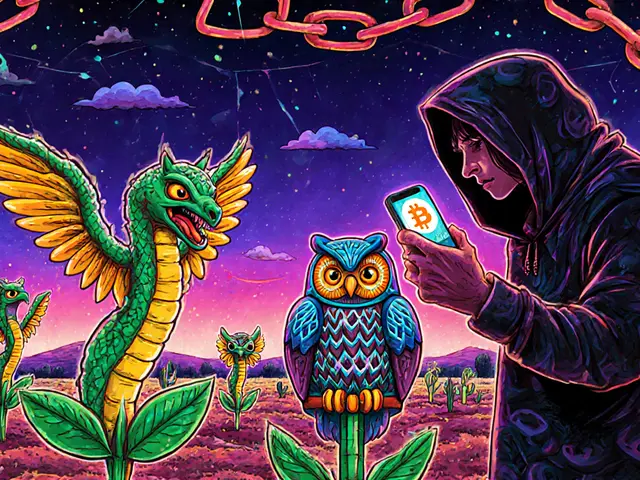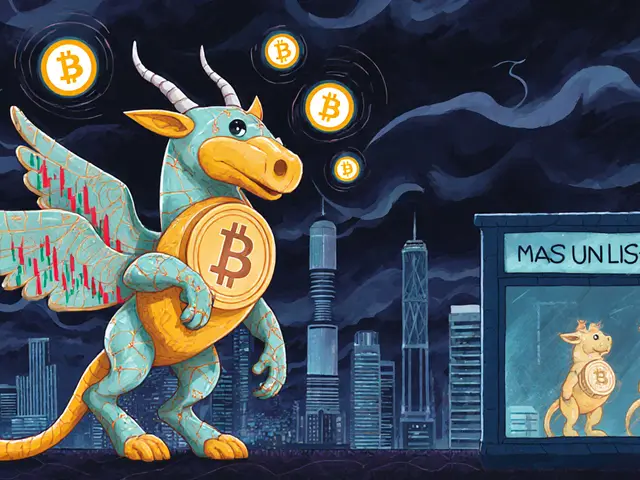Digital Collectibles: What They Are, Why They Matter, and What You Can Actually Own
When you hear digital collectibles, unique digital items verified on a blockchain that prove ownership and scarcity. Also known as NFTs, they're not just pixels—they're proof you own something no one else can copy, even if it's shared everywhere online. This isn’t science fiction. It’s how people own rare digital art, virtual sneakers, or even in-game weapons that work across different apps. But here’s the catch: most digital collectibles are worthless. Only a tiny fraction have real demand, real utility, or real resale value.
The real value in digital collectibles comes from blockchain assets, items stored on decentralized ledgers that can’t be deleted, altered, or seized by a central company. Unlike a downloaded image or a Spotify playlist, these are tied to a public record—like a deed for a house, but for a pixel. That’s why some people pay thousands for a single JPEG: it’s not about the picture. It’s about the unchangeable proof that they’re the one who owns it. Tokenized ownership, the process of turning real or digital items into blockchain-based tokens that represent rights or access is what makes this possible. But tokenizing something doesn’t automatically make it valuable. A digital baseball card only matters if someone else wants to buy it.
What you’ll find in this collection isn’t hype. It’s the hard truths behind the noise. You’ll see posts about fan tokens tied to football clubs with zero trading volume, crypto projects that vanished overnight, and airdrops that promised free tokens but delivered nothing but scams. There’s no sugarcoating here: most digital collectibles are digital ghosts. But you’ll also find real examples—like verified NFT art collections, functional in-game items, and tokens with actual utility—that still have legs. This isn’t a guide to getting rich quick. It’s a guide to spotting what’s real before you spend your money on something that could disappear tomorrow.
By the end of this page, you won’t just know what digital collectibles are. You’ll know how to tell the difference between a collectible and a gamble. And that’s the only edge you need in this space.









